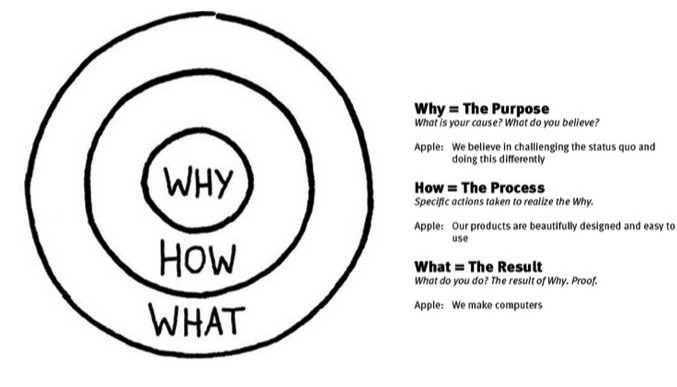This is the last post within a four-part series that seeks to explore the method and impact of Project Based Learning (PBL), an approach that Sycol encourages within its educational organisations.
Post 4
In previous blogs, I’ve spoken about the background of REAL Projects and the Innovation Unit as well as described how REAL Projects and the schools we’ve worked with started with the ‘Why’ and the ‘How’ as outlined in Simon Sinek’s book Start With Why. In this blog, I will move on to the ‘What’.
According to Sinek, most companies start with the ‘What’. The ‘What’ is the product that a company makes or sells. In the case of REAL Projects, the “What” are the projects themselves.

REAL projects contain six elements: multiple drafts and critique, student-created final products, essential questions, significant content, an authentic audience and a public exhibition. All of these things are essential, but I’ve been in countless schools where teachers included all 6 of these elements and still did not find success with REAL Projects. Those teachers work in schools that neglected to Start With Why. These schools saw REAL Projects as just another teaching strategy instead of the ‘How’ and the ‘What’ that help them further the ‘Why’ of their school. These schools start conversations with phrases like ‘Ofsted says’ or ‘our GCSE classes take priority’. These schools isolate REAL Projects as a separate entity that only exists in their KS3 classes; one that much of the school knows little to nothing about. In these schools, their ‘Why’ is to tick the boxes of outside stakeholders, not to do what’s best for their students.
The schools mentioned in previous blogs, though, start with ‘Why’ and follow with ‘How’. These schools describe students who take ownership of their own learning, Students at these schools have better attendance rates and fewer discipline issues. Students at these schools take pride in their work and produce high quality final products that are shared with the greater community. At XP school, year 7 students not only cooked a pasta meal from scratch for 100 people, they were able to explain the chemistry and proportional reasoning behind the meal. At School 21, year 10 students studying the cold war constructed a chessboard where the pieces represented key figures in the conflict. At RSA Academy, students studied inspirational figures and wrote a persuasive writing piece and crafted an artistic calligram which was displayed in the local community. At Stanley Park, students worked together to craft a book for young adults on the Middle Ages which they sold at a local bookstore. All of these schools have countless examples of successful projects that demonstrate the ‘Why’ that the schools revolve around. These are REAL Projects schools.
All other blogs in this series:
Blog 1. What Makes REAL Projects Golden: Introduction
Blog 2. What Makes REAL Projects Golden: The Why
Blog 3. What Makes REAL Projects Golden: The How
Image copyright attributed to Simon Sinek

